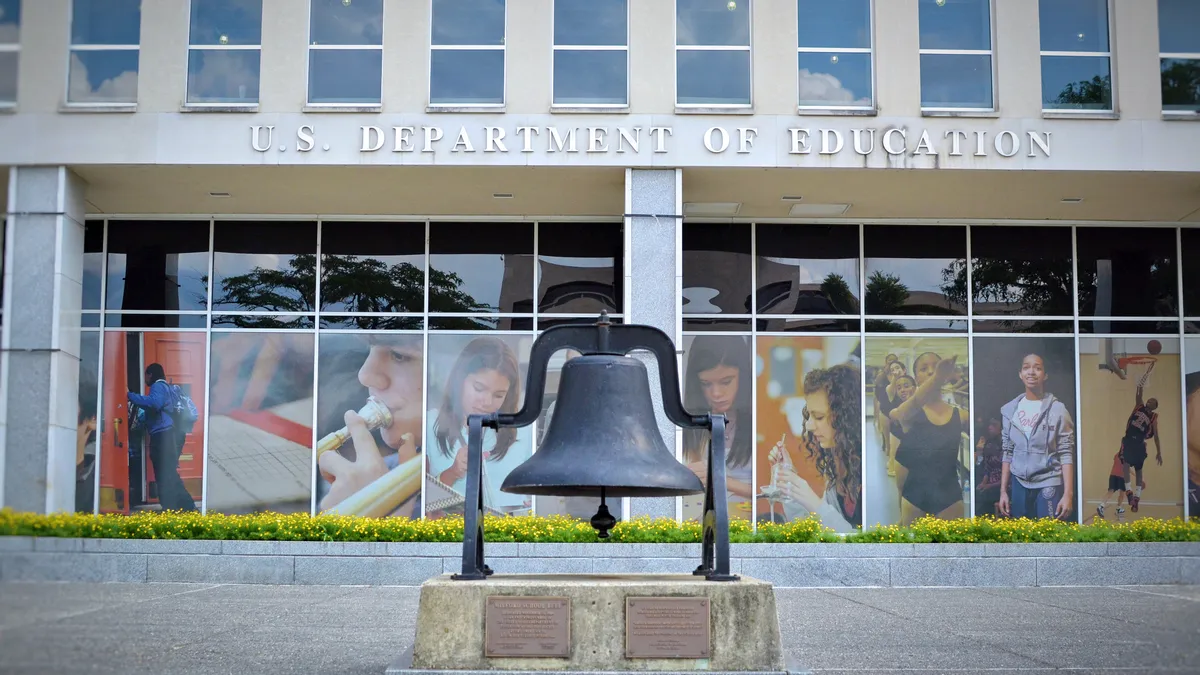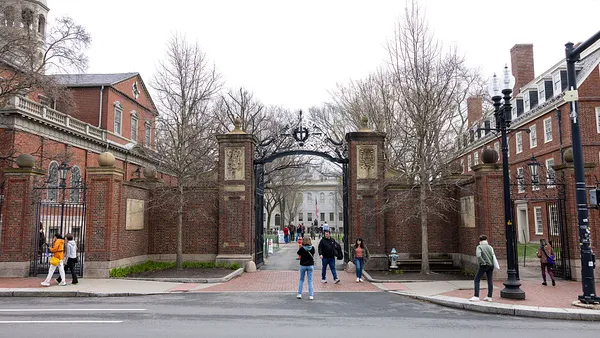Dive Brief:
-
The Education Department owes more than 1,000 colleges between $250 million and $400 million total in Perkins Loans that the institutions forgave with the expectation of repayment, Bloomberg Government reported, citing a letter from two industry groups to the Education Department. The Perkins Loan program expired in September 2017.
-
The groups said the colleges have not been reimbursed since 2010, despite discharging the low-interest federal loans as required for students who entered public service professions. A representative from one of the groups, the American Council on Education, said some colleges could be out as much as $8 million.
-
Congress noted the issue in a recent public spending law but didn't specify reimbursing colleges for loans that have already been forgiven. ACE said the colleges would consider legal action if the issue cannot be resolved.
Dive Insight:
Colleges are facing pressure to stem the increases in student costs, which is proving to be difficult as the flow of state funding continues at a trickle. State dollars to higher education have decreased by more than an inflation-adjusted $7 billion since 2008, according to a recent report from the Center on Budget and Policy Priorities.
While state funding dropped 16% a student during the period, tuition climbed 36% at four-year public colleges, the report noted, outpacing gains in median family income.
To help students manage the rising costs, colleges are offering more grant aid. At private nonprofit four-year institutions, grant aid and federal tax benefits have covered around 60% of posted tuition and fees since the 2010-11 school year compared to around 45% from 1998-99 through 2007-08, according to a new report from the College Board.
The National Association of College and University Business Officers noted in a report earlier this year that while tuition at private nonprofit colleges rose 42% from 2008-09 to 2017-18, average institutional grant aid per first-time freshman increased 78%.
That is cutting into institutions' revenues. The College Board found that inflation-adjusted net tuition revenue increased 20% at public bachelor's institutions and 42% at public doctoral universities between 2005-06 and 2015-16, while those institution's revenues from tuition and government sources rose by just 2% in that same time period.
Yet more colleges are offering low or no-cost tuition, including private colleges such as Rice University and public institutions such as the University of Illinois at Urbana-Champaign and the University of Virginia.













